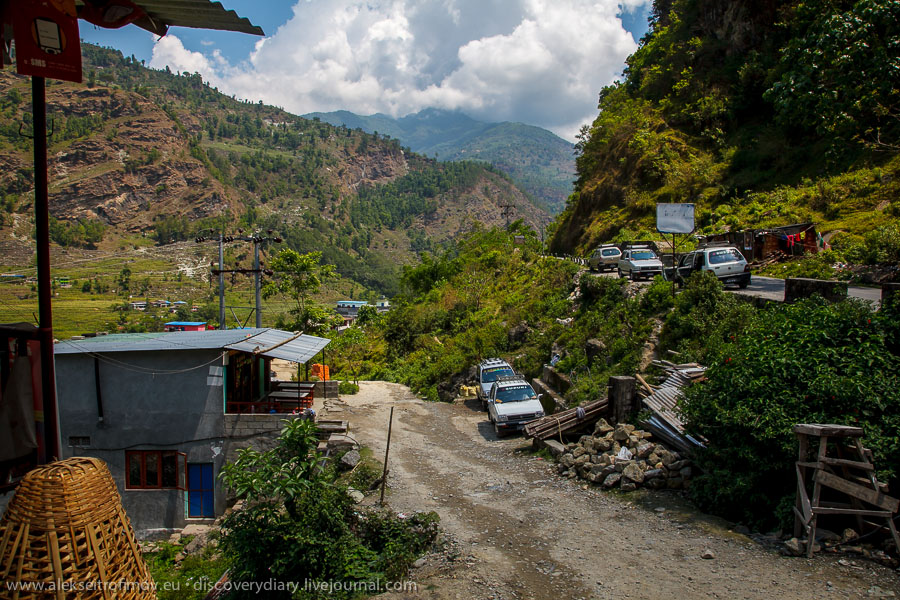Today is one year to the day from the start of my trip. On 5 July last year I boarded a plane from Brussels to Mexico and so my incredible journey began. It is somehow right that the first part of my journey comes to an end now. Tonight I am going to take a plane to Tallinn, where I am from. To be very precise, the circle around the world will not quite close then – this will only happen when I reach Brussels. Nevertheless Tallinn will surely be a special stop on the way. Is the trip itself over? No no no. The journey continues!
With so many exciting events taking place recently, my blog is now somewhat delayed. However I will keep on publishing materials from the trip in a chronological order. And so today I will write about the amazing 10-day trek that I took in the Nepalese Himalaya.
The Himalaya are what gives Nepal its fame. They dominate Nepal the way The Wall dominates the Seven Kingdoms. A trek in the Himalaya did not initially figure in my plans. It was out of the question: I had no trekking equipment, not even warm clothes to speak of. But conversations with fellow travellers in Kathmandu and Pokhara alerted me to the fact that to be in Nepal and not to do a trek would be outright criminal. There was a complication though: the start of the Nepali rain season was imminent. “Two weeks left before the rain season starts!” I was told. “One week left!” Nevertheless it was clear to me that a chance to trek in Nepal is quite unique and so if I do it, I have to do it properly. And I decided to take the risk and despite the start of the rain season to do a 10-day trek to Annapurna Base Camp.
I spoke to some fellow travellers to see if we could do it together, but finally we could not quite match the routes and dates. So I decided to do a trek on my own with a guide. The whole thing got magically organised at the last moment. A fellow volunteer Becca wrote to me on Facebook about an amazing guide called Krishna she heard of while having dinner with a Canadian friend and gave me his number. I called Krishna from Pokhara to Kathmandu and immediately he said he was available and was ready to come to Pokhara. He sent me a proposed route and it fit my desires perfectly: in addition to the classical ABC (Annapurna Base Camp) trek it included also the so-called Ghorepani trek which many people do as a separate trek. Lonely Planet proposes to allocate to ABC alone 16 days; in Krishna’s ABC and Ghorepani together would take 10 days. I thought this was reasonable and so I confirmed.
We met in Pokhara over a bottle of beer the next day. He said I was obviously younger than him, what are you, 25? I am actually three years older than him, so this was neat. He also immediately declared that I was walking really fast. I laughed and said that we would see if it would hold up in the mountains. Hold up it actually did – the easiest rhythm for me was to run up some hill, like 500 metres up, and then take a good pause to rest. Krishna’s natural rhythm I think was to go slower without the need for long rest.
On the same day I bought everything that could be bought at the last moment – trekking boots, light pants, water purification tablets, lip balm. I packed it all in my old city backpack – which almost bursted at the seams – and off we went the next morning. Krishna looked at my backpack rather sceptically – it was only 9 kg, which was quite a bit less than his backpack. But finally my pack was just right – no more, no less.
In the morning we took a taxi from Pokhara to Nayapul, which is around 1.5 hours by car. The road actually does continue for some way further on, but then suddenly disappears in the woods, so there’s no point in taking the taxi further. This is the point where we started walking:

Continue reading Annapurna Base Camp trek →